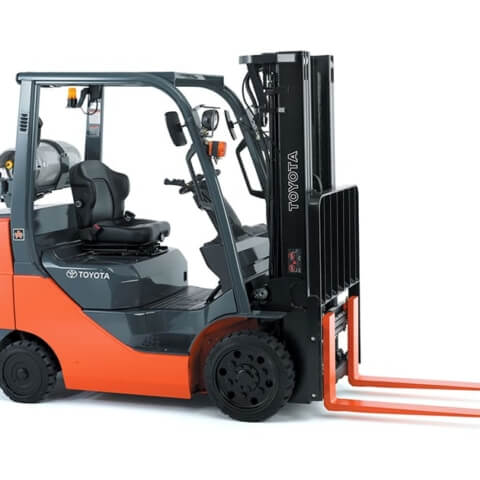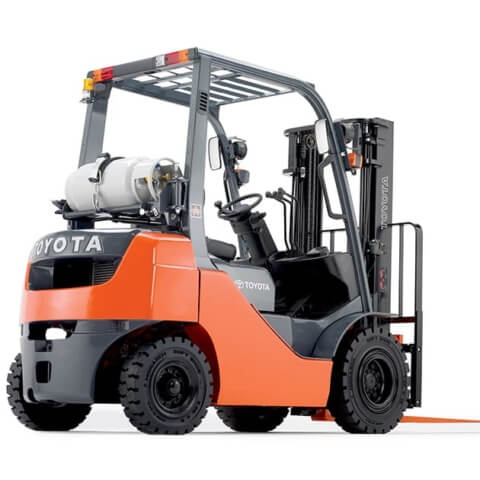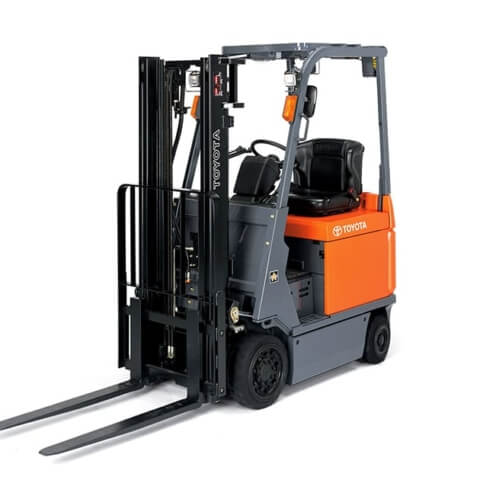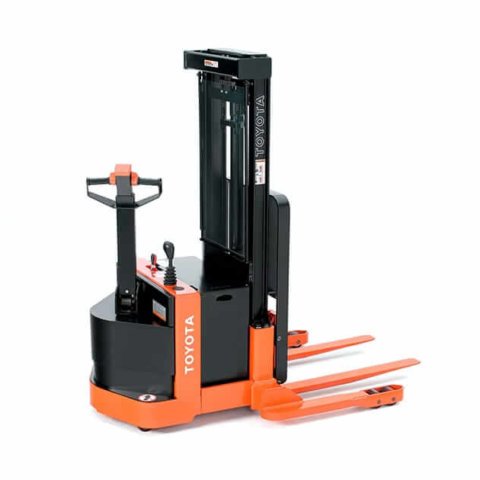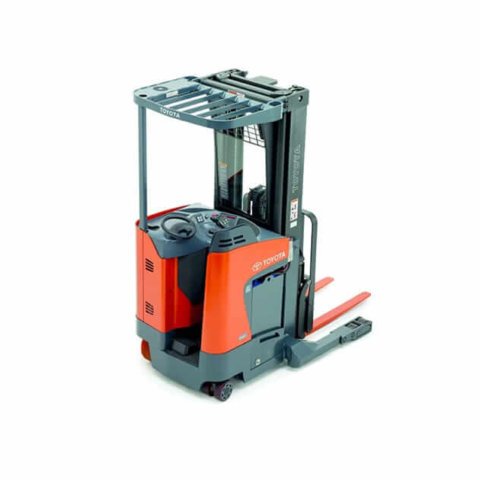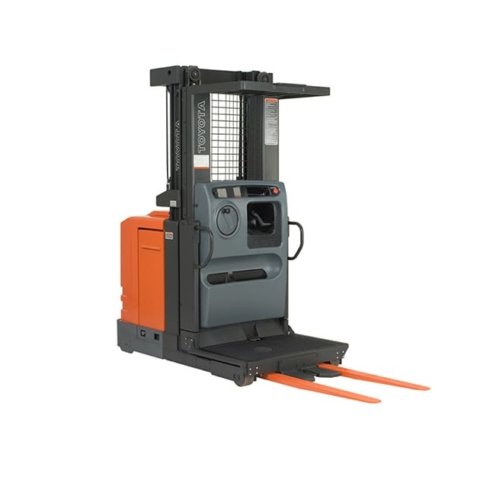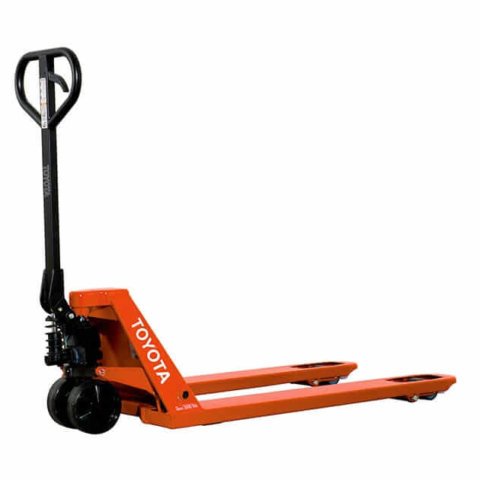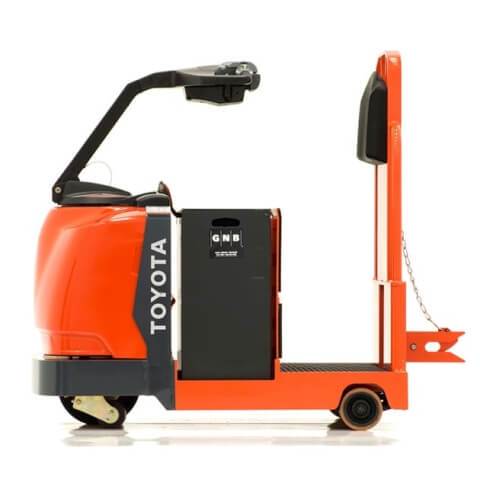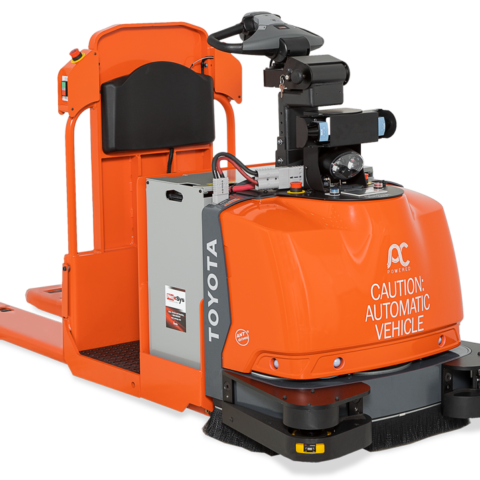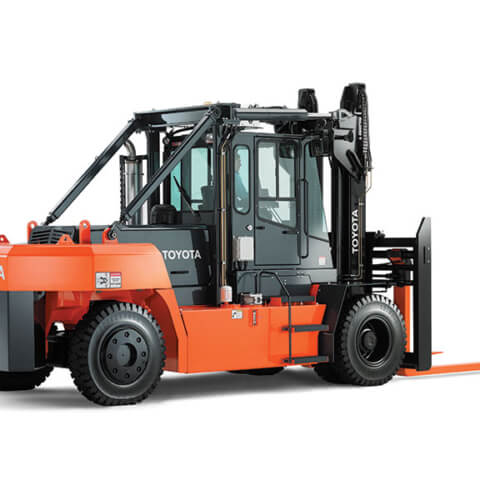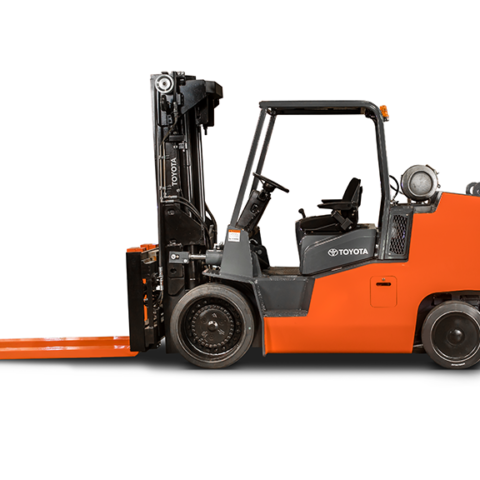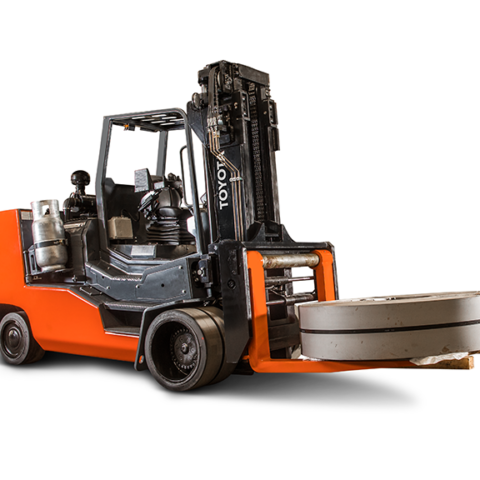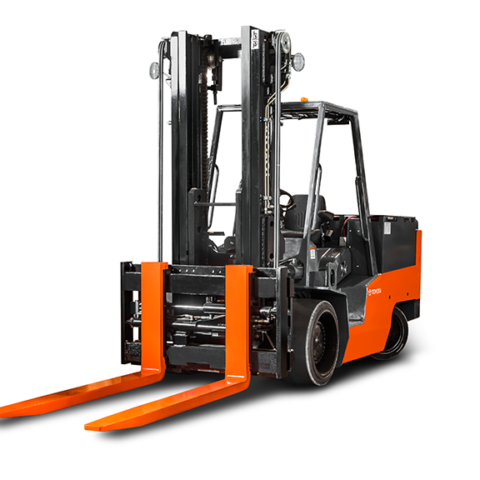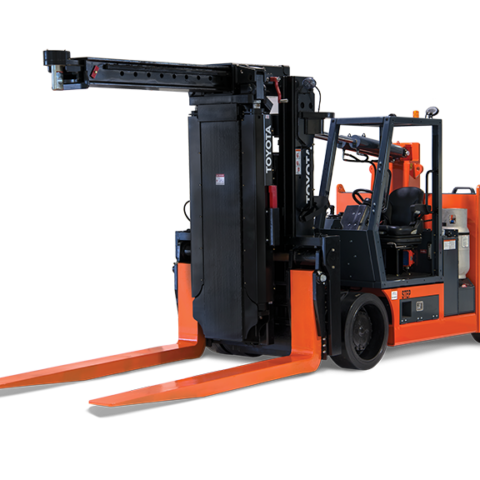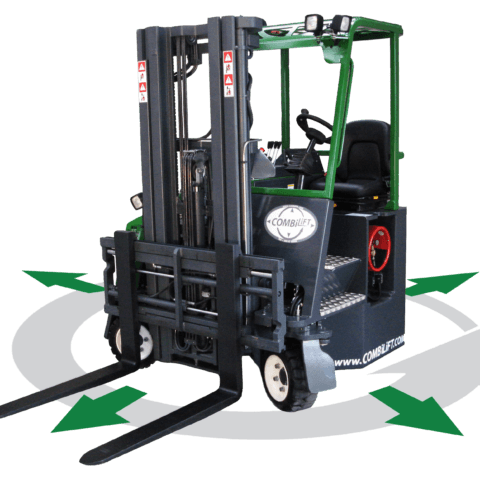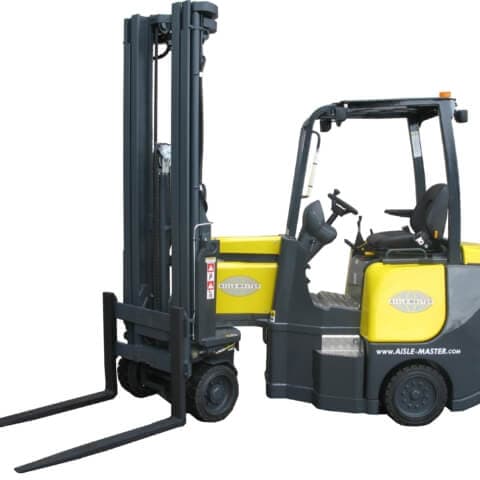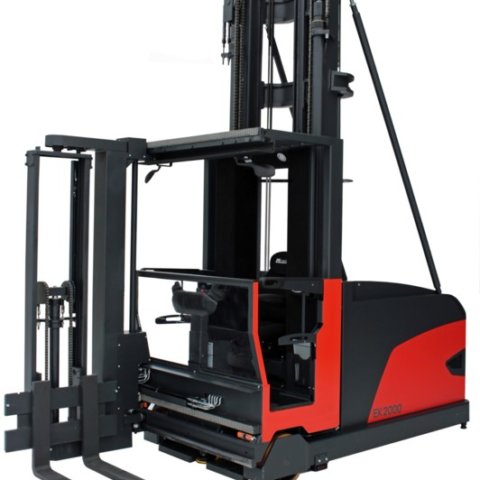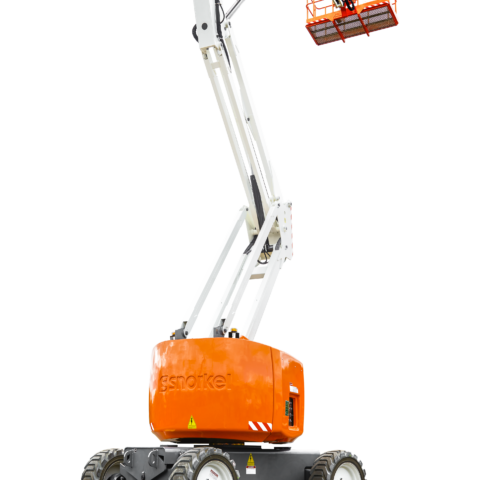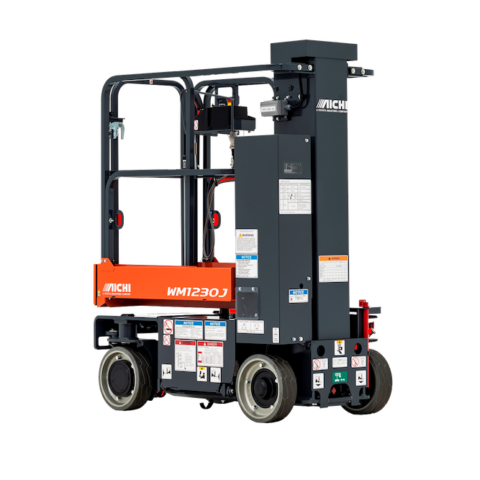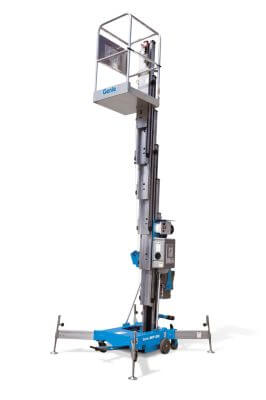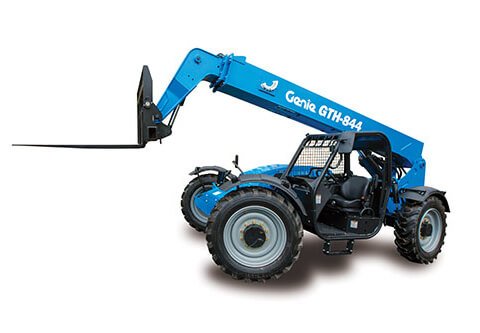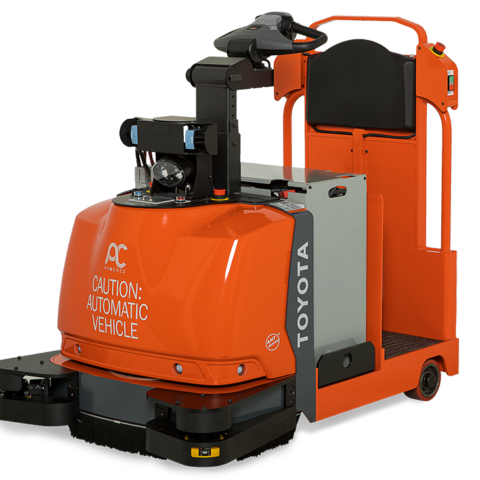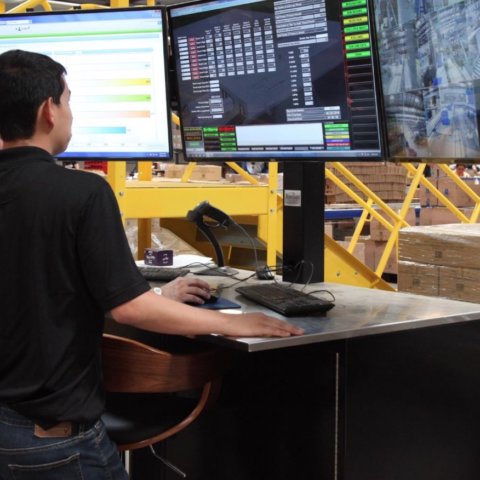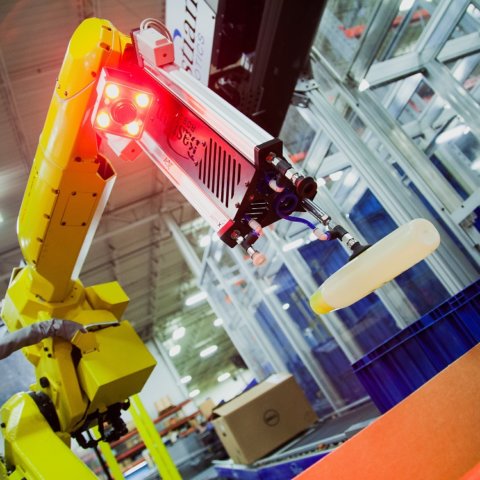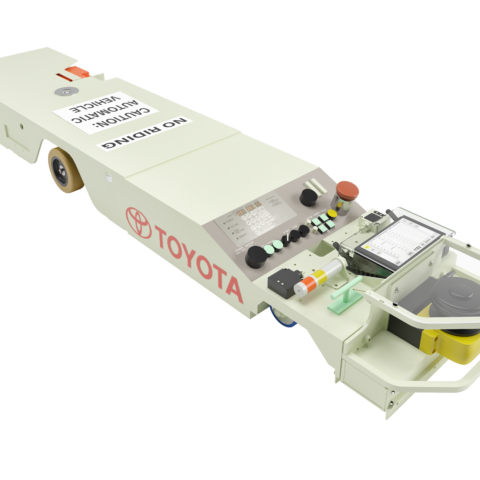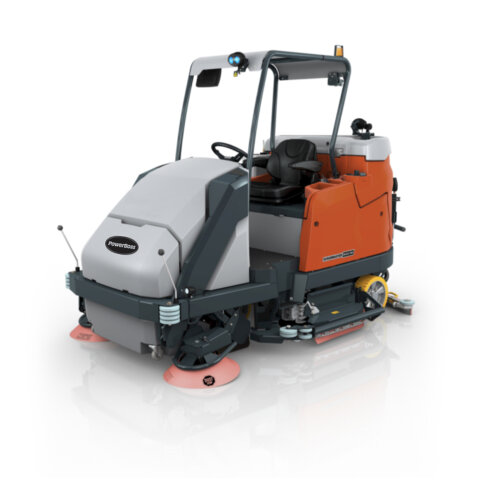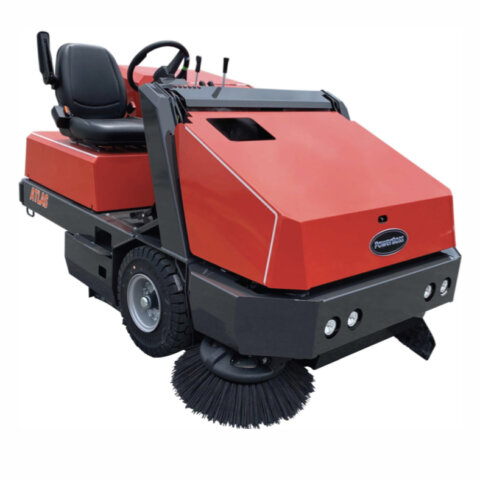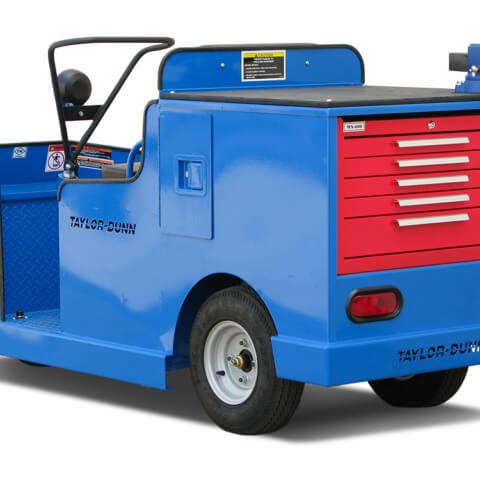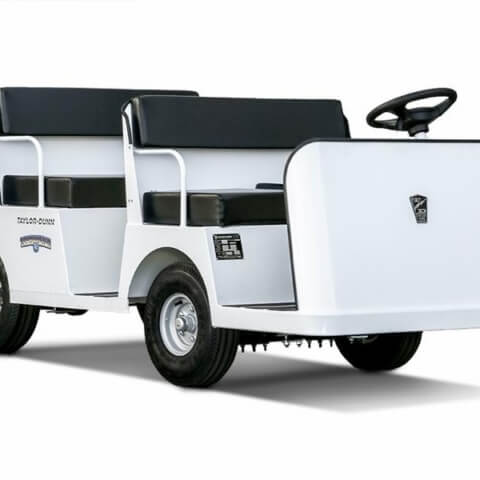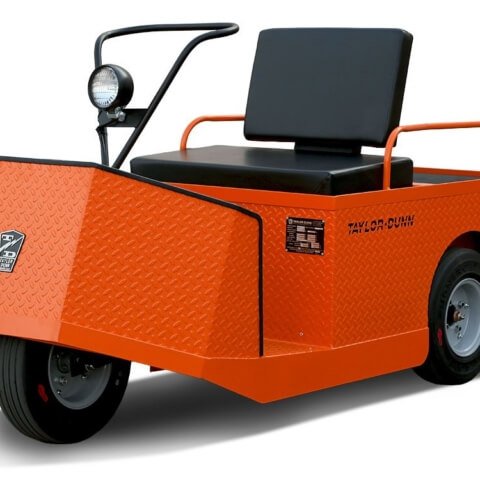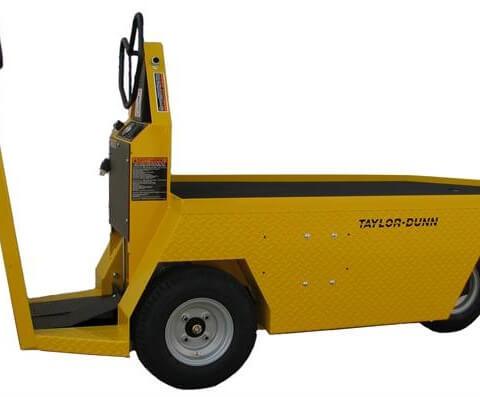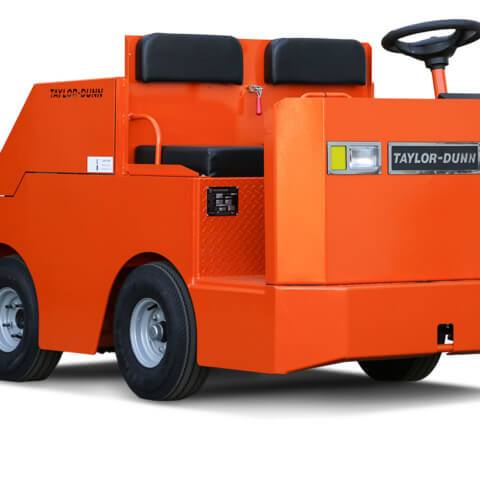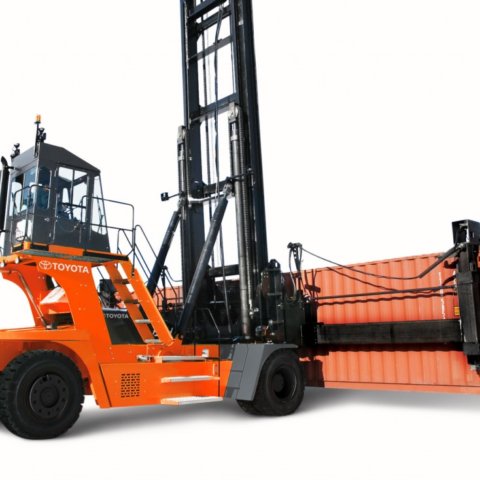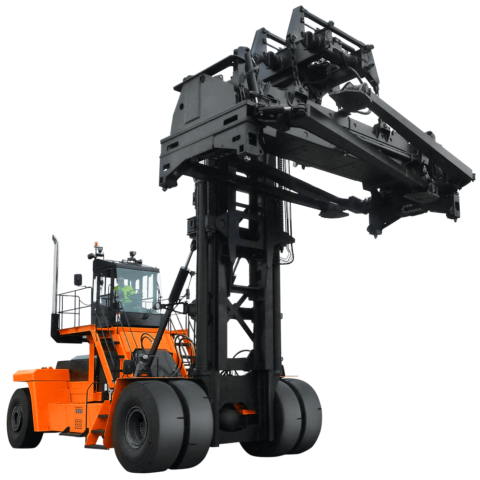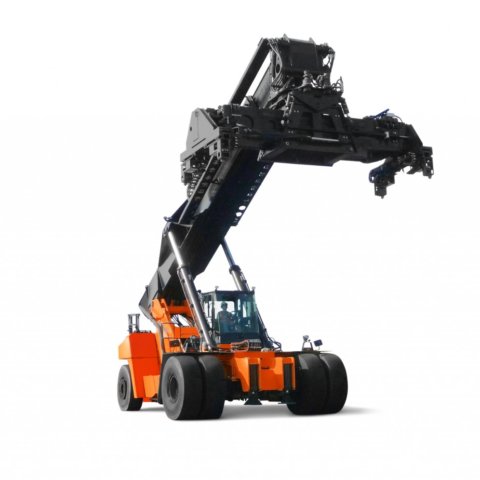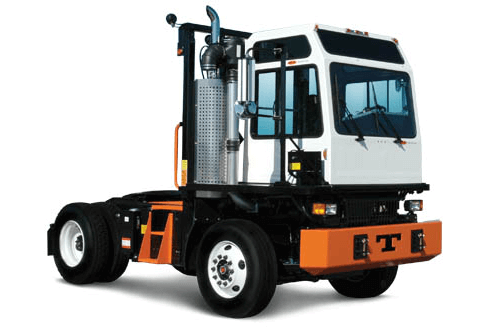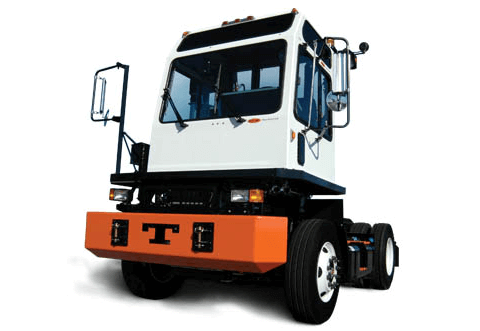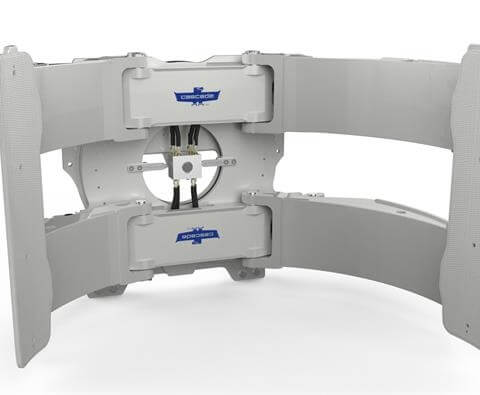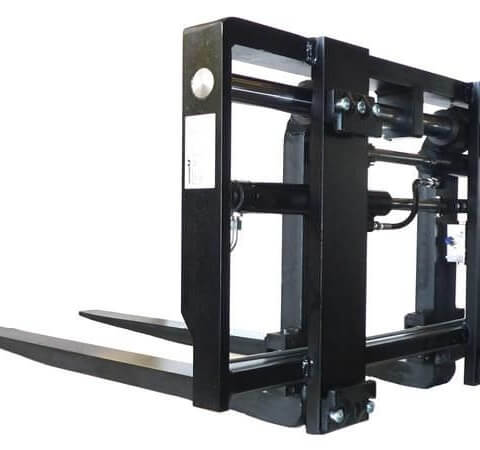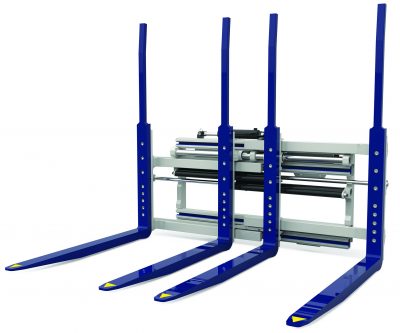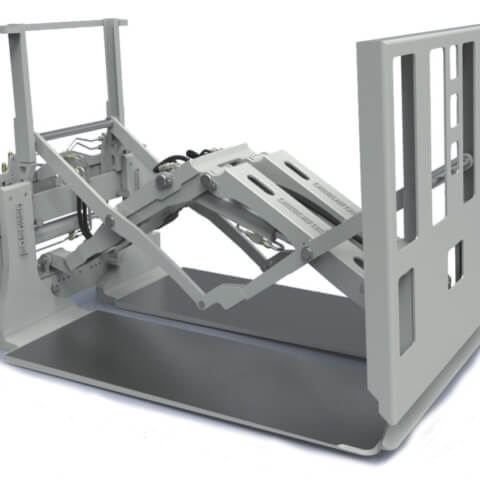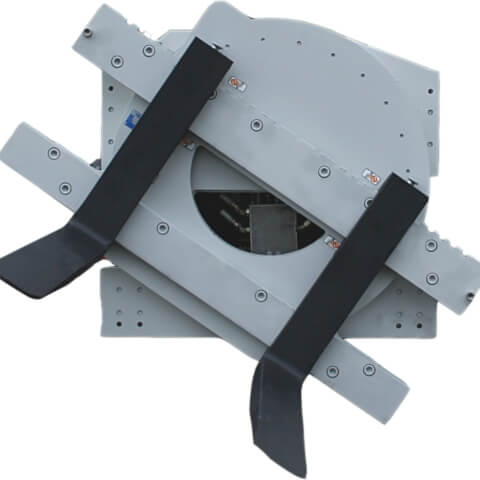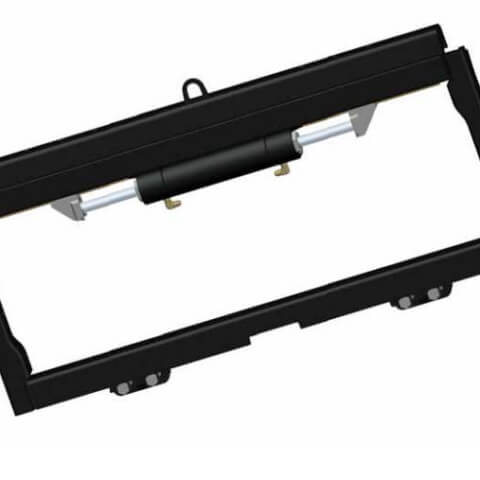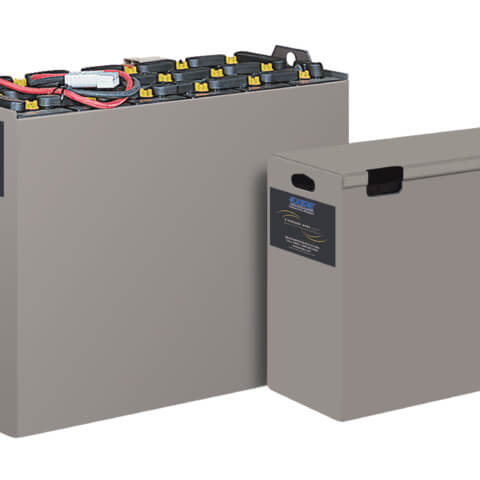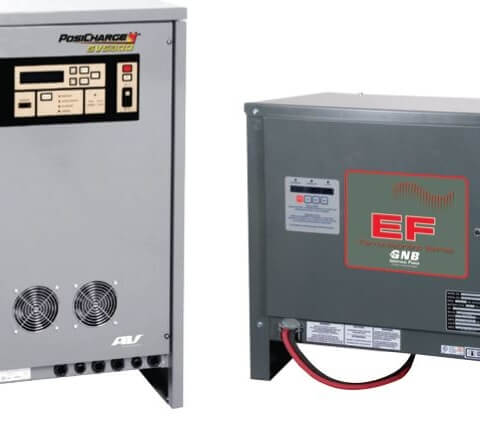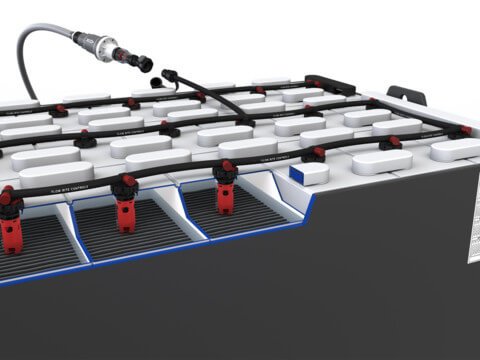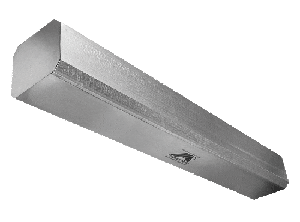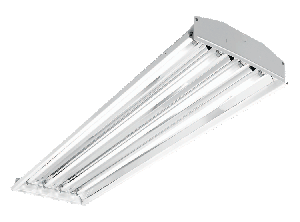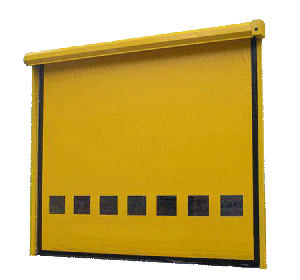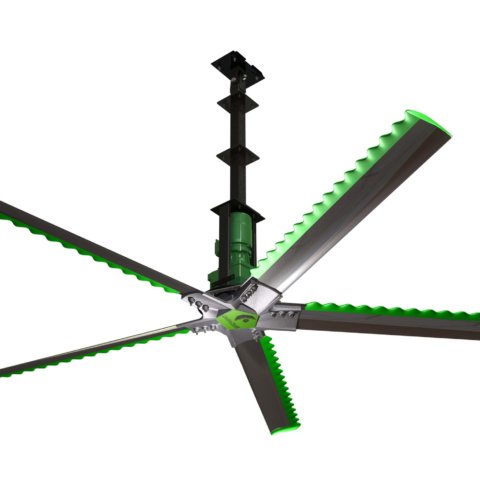
Learn the “basics” of the lockout tagout process for aerial lifts. SCHEDULE TRAINING
Lockout/Tagout (LOTO) procedures are a complex and varied subject for heavy equipment and material handling. Aerial lifts are one of the more difficult subjects for this safety requirement.
Because aerial lifts are varied in controls, application and design, laying out a single procedure to fit all machines would prove difficult. For example, a truck-mounted aerial lift would have unique LOTO procedures if the truck had malfunctioning brakes as compared to if the truck’s boom lift cylinder had a leak. However, there are some basic steps you can take for each aerial lift, and then work to customize the procedure for each piece of production and aerial lift.
Aerial Lift Lockout Tagout
1) If possible, park in a safe, approved area under cover or indoors that is away from any traffic or congested areas. Block the wheels, if needed.
2) Fully lower booms or elevating assemblies into the aerial lift’s normal stowed position, considering axle orientation and rotation.
3) If equipped with transport pins, locks or straps for elevating or rotating assemblies, always position in the transport or locked positions.
4) Always push in an e-stop, at least one ground or upper controls.
5) Turn the key or control position selector into middle (off) position – not ground or upper controls. Remove key, if applicable.
6) Disconnect and remove the upper controls on units equipped with removable upper controls.
7) Disconnect or turn off, and padlock if available, any battery disconnects or doors to battery disconnects. Not all aerial lifts are equipped with battery disconnects that are lockable.
8) Tagout both upper and lower controls with an approved tag firmly attached that lists the problem, date and person tagging the machine. Choose a weather resistant tag is the aerial lift is kept outside.
9) Always inform responsible management or supervisors in the area of the situation and document required paperwork or reporting systems for the site.
Have your operators been trained to operate aerial lifts? Our safety training classes meet OSHA guidelines for classroom and hands-on evaluation. Contact ProLift to speak to a safety specialist for information about our safety training options and pricing.

